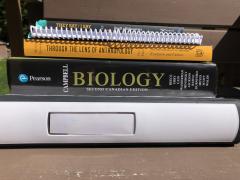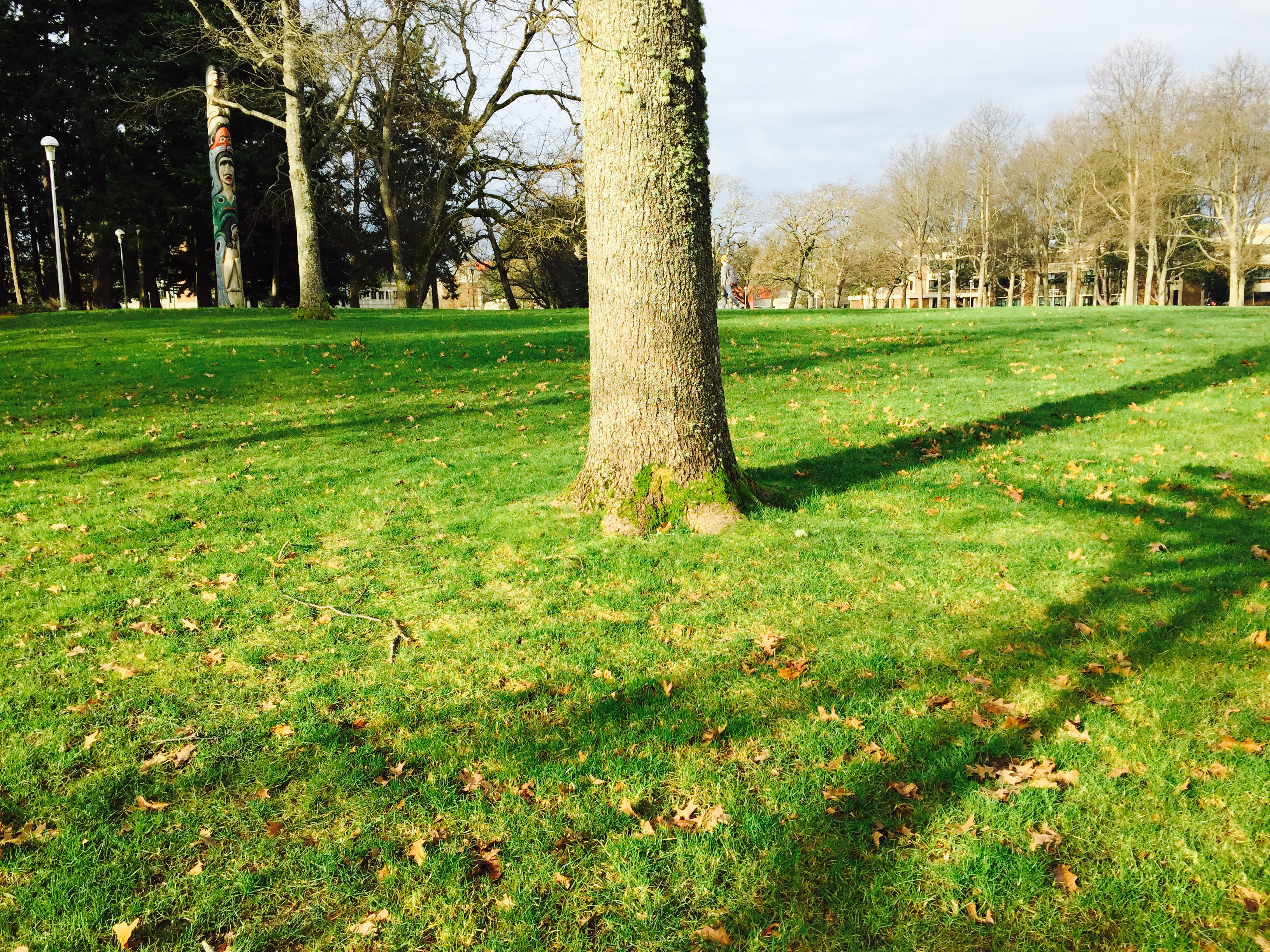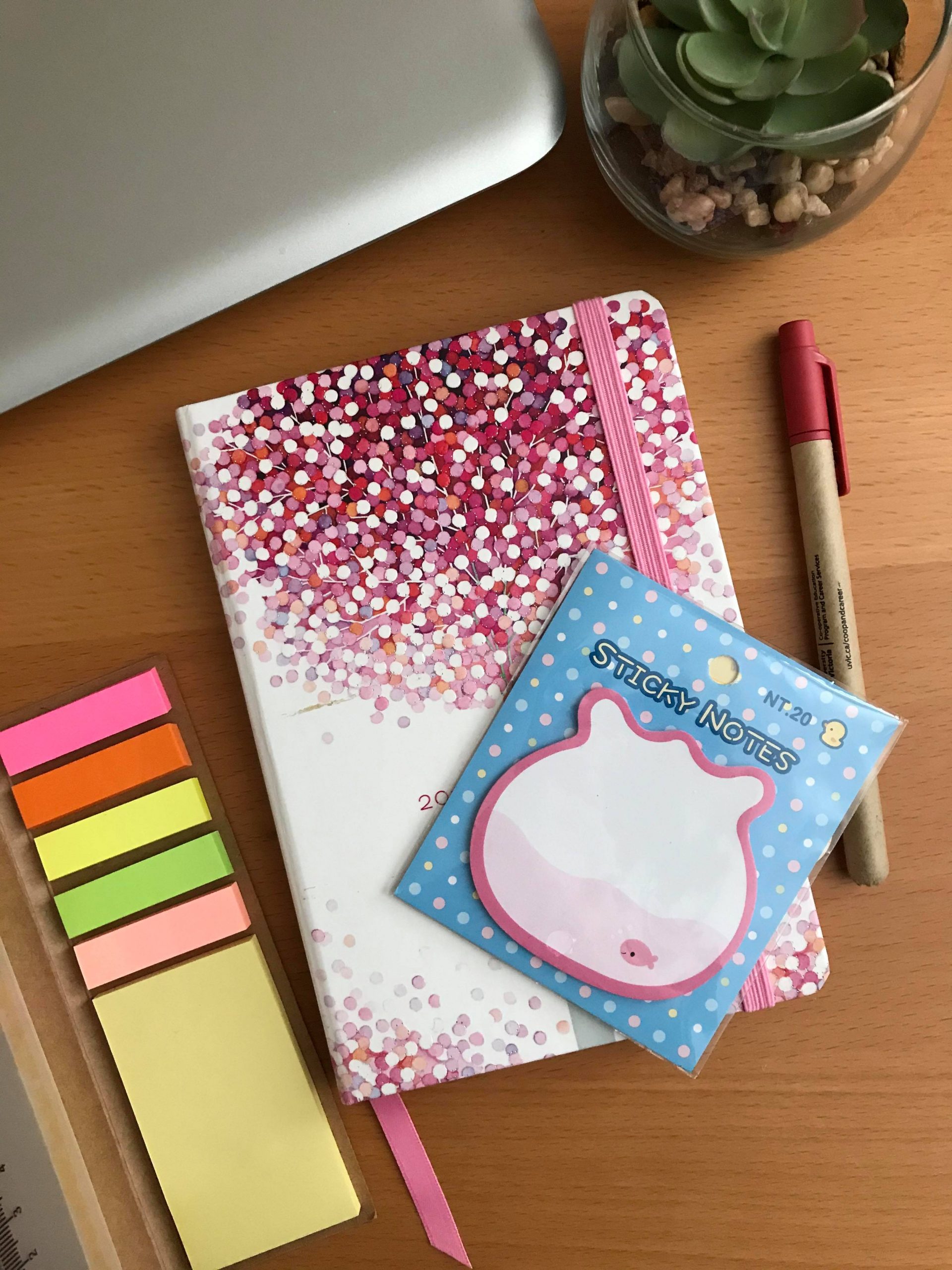A Textbook Solution
In the era of e-commerce, digital editions, streaming of electronic media, and an app for pretty much anything you could imagine, I’ve found myself in a bit of a conundrum.
After taking several courses via distance education in high school and a year in university I’ve gotten to try out my fair share of online resources, most notably e-textbooks.
While there are plenty of benefits to using electronic sources, I’ve found myself leaning to the less flashy physical editions. Today I’ll explain why I prefer hard copies of textbooks, and tell you some of my best textbook tips.
The benefits of e-textbooks
A lot of students prefer online and digital edition textbooks because they often cost less than a traditional textbook new and may even be free if an open source text is selected by the instructor.
No paper is used in production, making e-texts cost effective and more sustainable.
Another perk is the ability to carry a semester’s worth of textbooks on one device instead of multiple usually fairly large books.
For students who experience eyestrain from small fonts, font size can often be increased quite easily.
But why physical books then?
When constructing my budget for school each year I try to estimate the cost of all the materials I’ll need for the year. After comparing prices, I noticed the difference between a new physical textbook and an e-text usually didn’t have as drastic of a price difference as what I was initially led to believe.
As someone who prefers using a physical copy and relies on textbooks to build study guides and uses the knowledge testing sections, the extra couple of dollars is worth it.
After you’re done you can bring the texts to the campus bookstore for buyback, sell them through online classifieds and Facebook groups for textbooks, or bring them to SUBtext in the SUB (Student Union Building) to recoup some of the original cost.
For students with an even tighter budget, used textbooks are a great option; they’re reduced in cost, are usually in almost new condition and a current edition, and can be sold for a reduced rate after you’re done, unless you’ve rented your book through the bookstore. Used textbook sales groups online, SUBtext and the bookstore are great resources for finding the books you need. The reuse of textbooks is a great way to reduce the waste that could be created by everyone using new books.

Photo by Karolina Grabowska from Pexels
If you’re someone who finds screens to be a bit of an energy drain or gets increased eye strain from screens regardless of font sizes or brightness settings like I do, physical copies of textbooks may be a good option. Education, especially in the era of COVID-19 and social distancing, is increasingly involving screens and changing textbook formats may be a way to reduce screen exposure if that’s a concern for you.
As far as experience goes a physical textbook can be covered in sticky notes (the best way to annotate without damaging the text) and flipping between two sections can take a second, and prevents the maze of open tabs that can build up if using an electronic device for both viewing the text and taking notes, for example.
In my personal experience, a textbook is easier to find information in since you build a sort of mental map when reading it, which I find does not happen as easily when scrolling through an e-text.
This mental map can be handy in visualizing how the information relates to parts of itself, since writing is often almost always divided by topic and subtopic using chapters and section headings. If you’re like me and enjoy the tactile aspect of paper books, then a physical copy may keep you more focused on your course readings.

My textbooks from first year, which included hardcover, paperback, and loose-leaf (hence the white binder) editions.
Of course, textbooks are only useful if you actually read them (and I really recommend reading them!), so picking a format that works for you will help you read them thoroughly and understand the material. I find that with a physical book in front of me I’m less likely to half-heartedly skim through the pages and tell myself that I’ve “done” my reading for the week and am more likely to take active notes and develop a better understanding of the material.
Some textbooks available as digital access or open access are only available for the duration of your course or term. This can make it difficult or costly to keep a book as a reference manual. For example, I’ve held onto my two books for ENGL 135 despite fulfilling my academic writing requirement because they have some useful writing techniques and one of them includes examples of different citation formats, which is helpful for remembering something like italicizing certain sections and putting the right information in brackets.
The purpose of this is not to convince you to toss away your laptop in exchange for paper books, but to choose whichever option is the most conducive to your learning. Let me know in the comments which textbook format you prefer!




